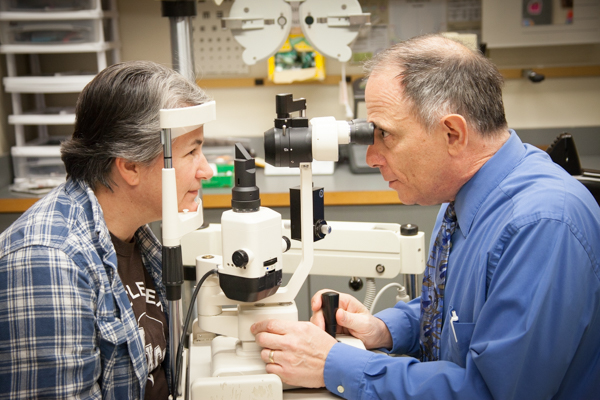Comprehensive Retina Service Near Me: Advanced Eye Health Care
Comprehensive Retina Service Near Me: Advanced Eye Health Care
Blog Article
The Role of Advanced Diagnostic Equipment in Identifying Eye Disorders
In the world of ophthalmology, the application of advanced diagnostic tools has actually changed the early identification and administration of numerous eye disorders. As the demand for accurate and prompt medical diagnoses proceeds to grow, the integration of innovative devices like optical comprehensibility tomography and aesthetic field testing has become indispensable in the world of eye treatment.
Value of Early Diagnosis
Very early diagnosis plays a crucial function in the reliable administration and treatment of eye problems. By discovering eye disorders at a very early stage, medical care companies can offer proper treatment strategies customized to the certain condition, eventually leading to better results for patients.

Technology for Identifying Glaucoma
Innovative diagnostic innovations play a critical duty in the very early discovery and monitoring of glaucoma, a leading reason for irreversible loss of sight worldwide. One such modern technology is optical coherence tomography (OCT), which supplies thorough cross-sectional photos of the retina, permitting for the measurement of retinal nerve fiber layer density. This dimension is vital in assessing damage triggered by glaucoma. Another sophisticated device is aesthetic field testing, which maps the level of sensitivity of a patient's visual area, aiding to spot any type of locations of vision loss characteristic of glaucoma. Furthermore, tonometry is utilized to gauge intraocular stress, a major danger aspect for glaucoma. This examination is crucial as elevated intraocular pressure can cause optic nerve damages. In addition, newer technologies like making use of man-made knowledge formulas in analyzing imaging data are showing promising lead to the early detection of glaucoma. These sophisticated diagnostic tools enable ophthalmologists to diagnose glaucoma in its beginning, permitting prompt treatment and far better monitoring of the condition to protect against vision loss.
Duty of Optical Coherence Tomography
OCT's capacity to measure retinal nerve fiber layer density permits accurate and unbiased measurements, aiding in the very early detection of glaucoma also before aesthetic field defects come to be obvious. OCT technology allows longitudinal monitoring of structural adjustments over time, helping with tailored treatment strategies and prompt interventions to assist preserve clients' vision. The non-invasive nature of OCT imaging additionally makes Click This Link it a preferred option for monitoring glaucoma progression, as it can be duplicated regularly without triggering pain to the patient. Generally, OCT plays a critical role in improving the analysis precision and management of glaucoma, eventually adding to far better outcomes for individuals in danger of vision loss.
Enhancing Diagnosis With Visual Field Testing
A vital element in detailed ocular analyses, aesthetic area screening plays an essential function in improving the analysis procedure for different eye conditions. By examining the full extent of a client's visual area, this examination supplies vital details regarding the practical integrity of the entire aesthetic path, from the retina to the visual cortex.
Visual area screening click to find out more is especially important in the diagnosis and management of problems such as glaucoma, optic nerve conditions, and different neurological diseases that can influence vision. With quantitative measurements of outer and central vision, medical professionals can detect subtle modifications that may indicate the visibility or progression of these disorders, also before recognizable signs occur.
Furthermore, aesthetic field screening permits the monitoring of therapy efficacy, aiding ophthalmologists tailor restorative interventions to specific patients. eyecare near me. By tracking adjustments in visual area performance with time, doctor can make enlightened decisions concerning changing drugs, suggesting medical interventions, or applying other proper measures to protect or improve an individual's aesthetic function
Taking Care Of Macular Degeneration

Verdict
Finally, advanced analysis tools play a vital function in determining eye conditions at an early stage. Technologies such as Optical Coherence Tomography and aesthetic area screening have significantly enhanced the accuracy and efficiency of detecting problems like glaucoma and macular degeneration. Early detection enables prompt treatment and administration of these disorders, ultimately bring about far better results for clients. It is necessary for health care professionals to stay upgraded on find here these developments to offer the very best feasible look after their patients. eyecare near me.
Report this page